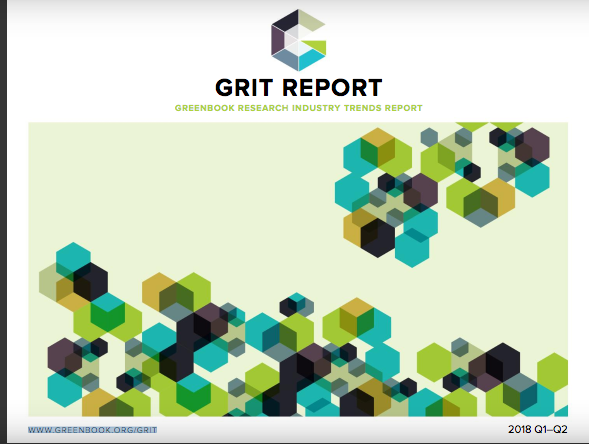All market research consumer panels are not created equal. Only those that reliably represent the segments most relevant to a brand’s success are worth using.
Less understood is the decisive role research technology and survey methodology play in determining whether a given study will include enough of the right respondents to reflect consumer reality.
Here’s a brief summary of recently published results from an online market research study that illustrates how online methodology is falling short when it comes to demographic representation of key Millennial and Gen Z consumers.
Project: A trade association that represents producers of a food that’s a staple of grocery stores’ fresh-produce departments sought data on U.S. consumers' attitudes, purchase frequency and purchase-drivers for the fresh-food item.
Methodology: A quantitative, nationwide survey that collected about 2,000 completes over the course of about two weeks, obtained from an online panel. Qualifiers were consumers who stated that they play a role in shopping for their household’s groceries.
Segmentation: Using screening questions, the study identified respondents by a variety of demographic categories, including age, sex, race/ethnicity, household income and education.
Shortfall: Only 2% of respondents in the produce-shopping study were ages 18-24. The U.S. Census Bureau estimates that 9.4% of Americans are ages 18 to 24 – nearly five times as many as were represented in the survey.
Meanwhile, 40% of the study's respondents were 55 and older, when they actually make up 29% of the U.S. adult population.
The numbers don't align with reality because online research approach is increasingly incapable of fully including the key younger age groups. Pew Research Center reports that 94% of Americans ages 18 to 29 own smartphones, and 28% in that group are “smartphone dependent,” the term for consumers who rely solely on their phones to access the internet. That means more than a quarter of younger Millennials and Gen Z consumers in their late teens and early 20s are off the radar for online studies.
In-app mobile research is much more efficient and capable of representing younger consumers. Here's why:
- Mobile-app surveys are congruent with their lifestyles: smartphones and mobile apps are Millennials' and Gen Z's preferred portals for receiving information and expressing ideas and opinions.
- They are naturally more inclined to take surveys on their phones, as long as the experience is technologically smooth and problem-free.
- Mobile-app methodology also is a gateway to GPS location-tracking of consumers who give informed consent to have their movements observed from store to store.
- These known, first-party consumers can then be surveyed inside the store or just after they've left. The researcher gets firm validation that they are actually shopping for groceries, and the ultimate payoff is the rich, reliable data captured at the Point Of Emotion® where buying decisions are made and recall is most reliable.
The key advantage of advanced, in-app mobile research is its ability to combine always-on observational data with survey data to give researchers a rich understanding of validated, first-party consumers. It's the only way to reach them in their natural, mobile-app environment for peak engagement and top-quality survey data.
For an example of in-app mobile's ability to reach younger adults, read about MFour’s 2016 Millennials project, which documented that generation’s opinions about entertainment, money and technology. It demonstrates the ease and speed with which in-app mobile research can access representative numbers of adults in their mid-thirties and younger.
Another project, on validated shoppers’ experiences on Black Friday, 2018, illustrates the benefits of mobile GeoLocation studies. In that case, consumers were located inside one of five top retailers on Black Friday, then received a survey via their Surveys On The Go® app as soon as they were observed leaving the store. Click here for an infographic on the Black Friday findings.
To sum up: researchers seeking insights from grocery shoppers or consumers who are shopping in-store for any other product category can now use mobile location-journey data to find validated, first-party research participants who meet their demographic criteria, with young adults well within reach. There's no need to settle for a non-representative fraction of the young consumers whose preferences are already shaping the product and retail landscape and will continue to dominate for decades to come.






